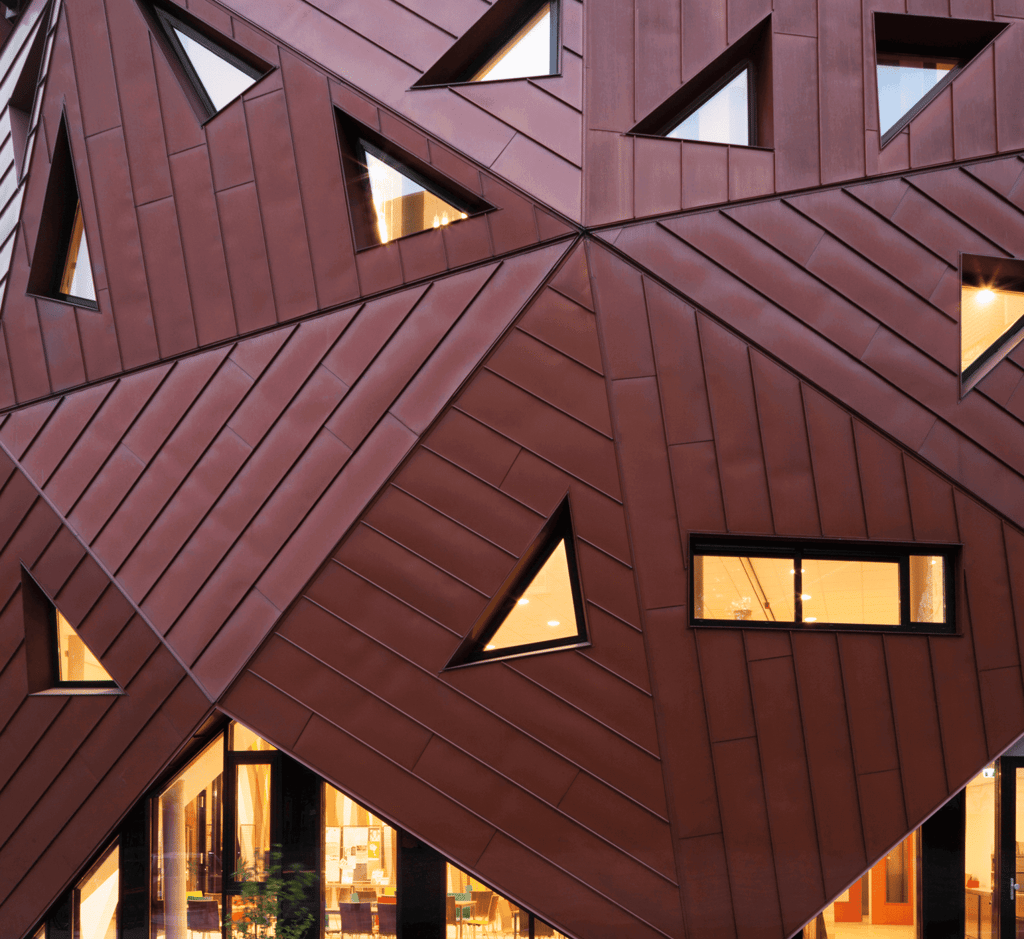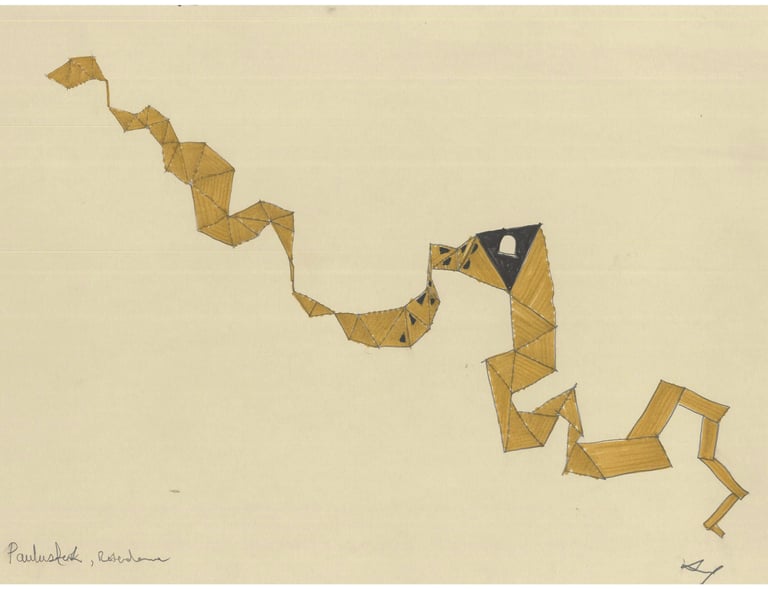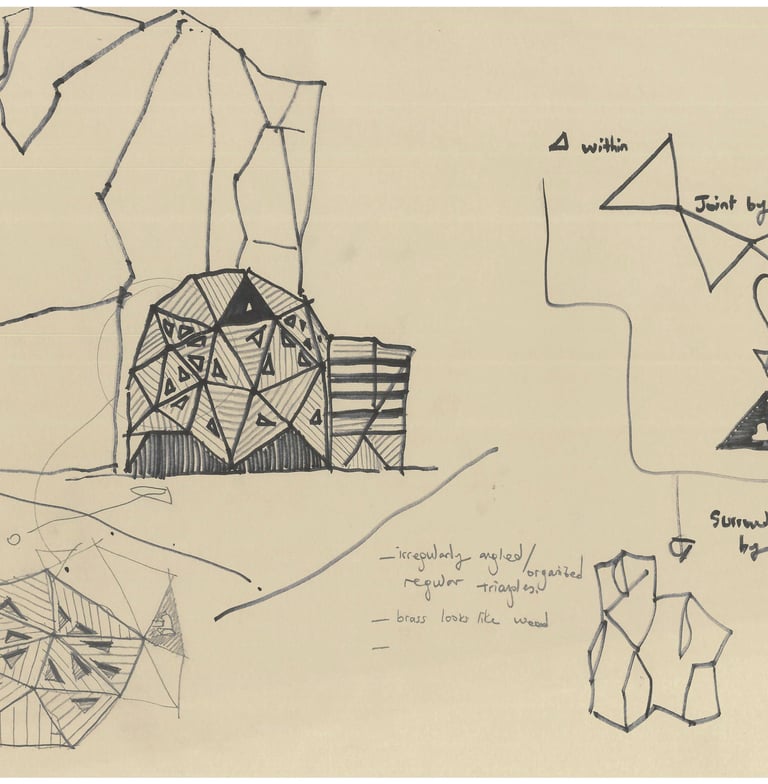Pauluskerk Project, Automata
Our first musical experiment as Automata took place in Rotterdam, at the modern church building near the central station: "Pauluskerk".
Murat Ali Cengiz
12/23/20182 min read


Our first musical experiment as Automata took place in Rotterdam, at Pauluskerk. I chose this building as the source of exploration for two reasons. First, it is an unusual building for its function as a church. Second, although it appears chaotic at first sight, it is in fact made up of very basic shapes: triangles.
I began the process by making sketches and notes at the site. What struck me most was the structure of the triangles, joined at asymmetrical angles, merging into a polygon mesh. For me this was the essence of the building’s design. The small triangular windows, echoing a gothic rose window above the entrance, and the dark net holding the bell also captured my attention.
The main challenge in creating a musicographic based on a static building is the problem of time. Buildings have no inherent motion; they are timeless. Since the very minimum requirement for a musicographic is to establish a timeline, the question becomes: how can a timeline be constructed for something that does not move?
My approach was to use deconstruction as a tool. In the case of Pauluskerk, I imagined the polygon mesh of triangles as if it were a toy that I could hold and peel open like an orange. The resulting graphic score unfolds in the same way the building itself is designed: regular triangles repeating in an irregular fashion. At the center of the score appear the rose windows and the bell in its black cavity. The latter part of the score reflects the more ordinary eastern side of the church, where triangular forms gradually dissolve into rectangles.
For this experiment, my goal was to create a musicographic intended for improvisation. I worked with four musicians, including myself, alongside Giuseppe Doronzo (baritone saxophone), Erdoğan Cem Evin (guitar), and Adnan Dura (alto saxophone). I gave them the following instructions:
The graphic score is based on Pauluskerk, Rotterdam
The main idea is the repetition of triangles in irregular ways
Build toward the bell at the center
What happens at the bell is up to you, but it must stand out
Toward the end, let the triangles transform into rectangles and fade away
The improvisation should last 90 seconds
One of the most interesting outcomes was that, although the musicographic was designed for improvisation, the musicians found themselves needing to compose and prepare in advance in order to perform. In other words, the graphic score encouraged a balance between spontaneity and structure, pushing improvisation into a more deliberate space.
Here you can listen to my interpretation combined with that of Giuseppe Doronzo. It is important to note that we recorded our interpretations individually, without hearing each other beforehand. The result demonstrates how a shared visual reference can generate different yet resonant musical outcomes.



